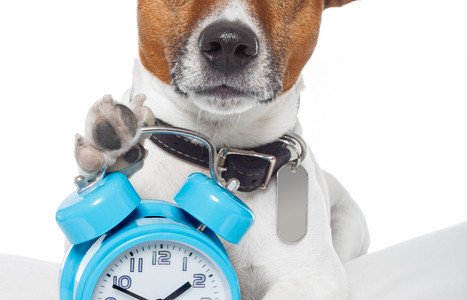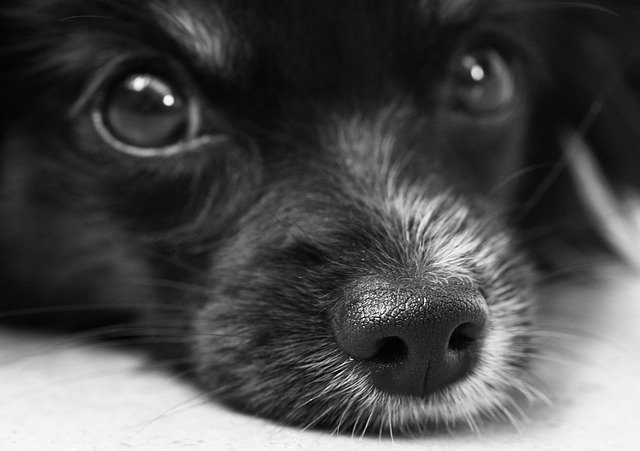Do Dogs Have Concept of Time?
It’s four o’clock, and your dog is wagging his tail in excitement and nuzzling against you. Your furry companion is hungry and seems to understand that this is the hour you normally feed him. But was this behavior a simple reaction to a rumbling in your dog’s stomach or are canines actually have a concept of time?
Does your dog seem to understand when it’s time to go for walk, even before you’ve grabbed the leash? Does he press his face against the window waiting for you to come home from school each day? To most dog owners, their pets may seem to have a strangely accurate concept of time. But do our furry companions really know what time it is, or is there something else working in their heads?
It’s Biological
All animals have a circadian rhythm. These rhythms are the physical, mental and behavioral changes that follow a 24 hour cycle, reacting to lighting and darkness in the environment that animal is. Humans, animals and even plants have these rhythms.
An animal’s reaction to these rhythms is regulated by the brain which allows neuronal and hormonal activities in the body. Our regular activities are controlled by these internal mechanisms, also referred to as our biological clocks.
Humans & Dogs See Time Differently
Though both humans and dogs have circadian rhythms and biological clocks, our habits differ. Dogs, for example, have flexible sleep patterns and, most dogs are ready to eat at any time, not just meal times.
The crucial difference appears to be that humans can identify when something happened in the past by relating it to other events. For instance, we remember our birthday as well as who attended, what did we eat, and the songs we sang. Dogs, on the other hand, can only differentiate how much time has passed since an event has occurred, for instance, their food bowl has been empty since morning.
According to a research, dogs also understand the concept of time based on behavioral changes when left alone by their owners for different lengths of time. Studies say that dogs show greater affection towards their human companions if they’ve been separated for longer periods of time.
For dogs suffering from separation anxiety, the difference between one and six hours can mean the difference between restlessness and a panic attack. Dogs that suffer from separation anxiety often show signs, such as barking, whining, howling, chewing digging, scratching, pacing and urinating in inappropriate places while their owner is away or suddenly returns.
There are many ways to help your furry companion cope with the problem of separation anxiety. It may be helpful to keep him in a small room or area of the house that is calm and quiet since your return to the house can be overwhelming for your little one. Try leaving a few toys or your scent behind to put a calming effect on your dog.
Dogs often get agitated when separated from their loved ones. That’s because dogs are equipped with a natural instinct to live in the moment, despite understanding the concept of time.






